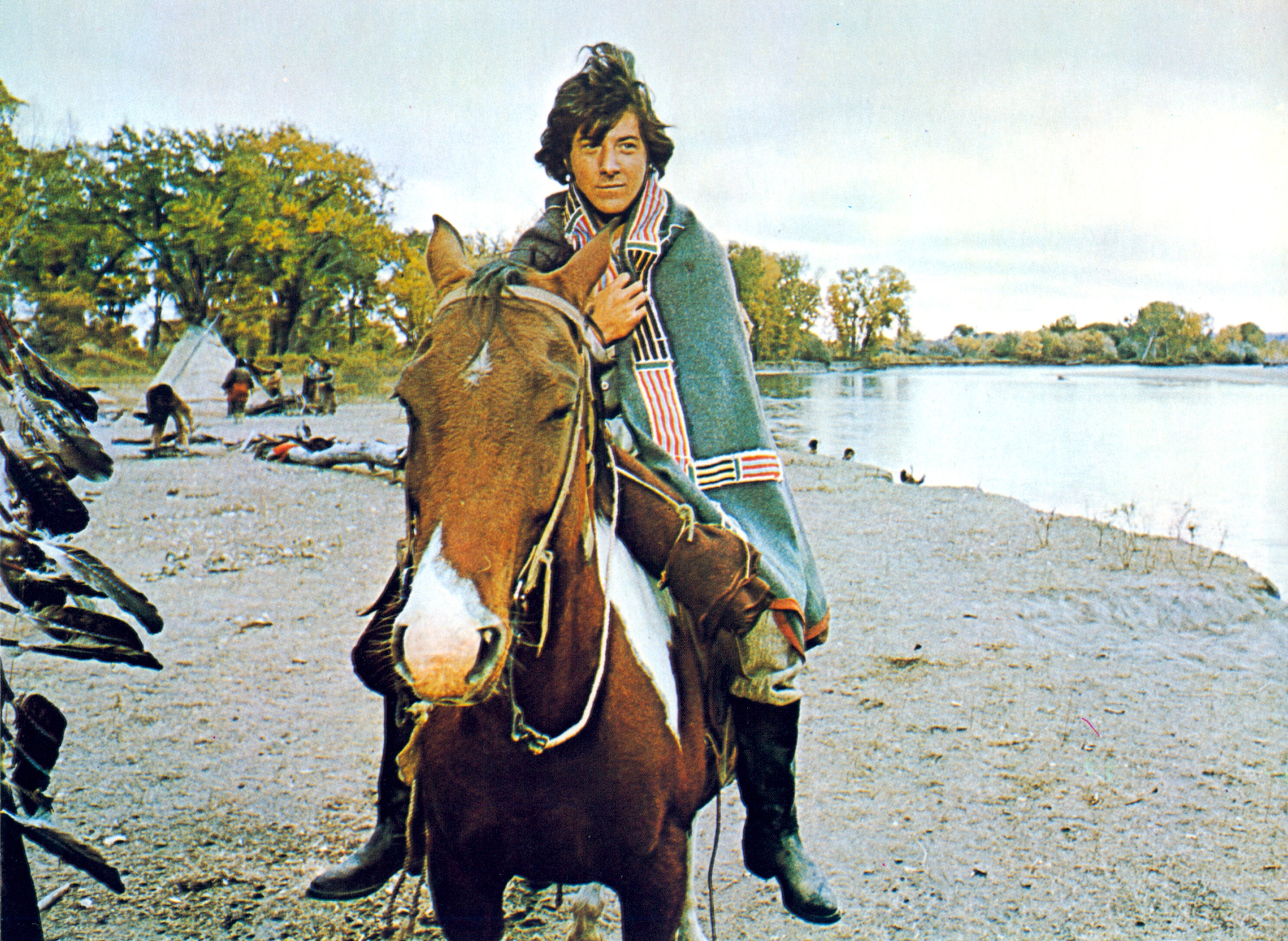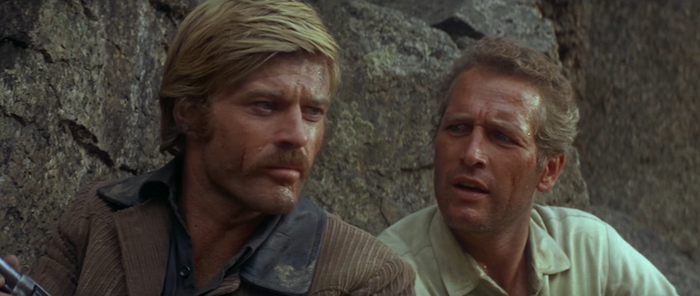Ask the Professor: How does “Butch Cassidy and the Sundance Kid” comment on the Western genre?
ScreenPrism: How does Butch Cassidy and the Sundance Kid (1969) comment on the Western genre?
Professor Julian Cornell: There is an argument as to when revisionist Westerns started. You start seeing them around 1962-1964 with early examples like Sam Peckinpah’s Ride the High Country (1962) or John Ford’s Two Rode Together (1961) and The Man Who Shot Liberty Valance (1962). Liberty Valance is already thinking about the Western myths, going through them and discussing the idea mythology itself. But it’s really later in the 60s, towards the end of the 60s, that you see the focus is on the outlaw. In the John Ford films of the early 60s like Liberty Valance, Two Rode Together or later Cheyenne Autumn (1964), it’s not really about the outlaws. It’s about the heroes, the Western heroes, or about the Native Americans — that’s clearly the point of Cheyenne Autumn. Peckinpah’s movies like Ride the High Country are a little more about the outlaw mythology. Arthur Penn’s Little Big Man (1970), which is not as well-remembered, is a complete dissection of every Western cliché and myth.

Dustin Hoffman as Jack Crabb in Little Big Man (1970)
Butch Cassidy and the Sundance Kid (1969) is really specifically about the mythology of the outlaw. In some ways it takes the mythology apart, and in some ways it re-mythologizes it. It does a lot of things with our expectations of the Western and overturns our expectations.
There are many things in it that you are not “supposed” to do. For example, Westerns are supposed to take place principally between 1873 to 1893. There are a number of reasons why, but the frontier closes in 1893. Frederick Jackson Turner makes his famous speech at the World’s Columbian Exposition in Chicago in 1893, signaling the closing of the American frontier. That period of American history, the post-Civil War era, is over. Now on to the next thing. Westerns are about the emergence of the modern America — the last of the old one, and the end point, the beginning of the new one. This movie takes place after that. It begins in the late 1890s, and it ends in 1908 when they die. It moves from the west back to the east to South America. They go to New York - in a western, they go to New York! There’s a whole scene in New York where Sundance (Robert Redford) and Etta (Katherine Ross) get married, and Butch (Paul Newman) is the only one who’s there. These frames look more like the time period.
It’s part of the strategy of the movie is saying to you: this is a Western about Westerns. We’re going to take all the things that you expect, and we’re going to do something else with them. The obvious one is making the outlaws the heroes and sympathetic, making the law men the bad guys and making them faceless. We don’t even see them.
It’s about the Western mythology – principally the notion of what is a man in the West, and what does the outlaw myth really mean? So that’s its relationship to the Western. It’s revising this central part of the Western film, which is the outlaw, the gunfighter, the criminal. The guy who holds up the train or the stagecoach.

Robert Redford and Paul Newman as Sundance and Butch Cassidy
SP: Why are they interested in the outlaw?
JC: The typical interpretation is that Butch Cassidy and the Sundance Kid’s interest in the outlaw aligned with the countercultural movement of the 1960s. At the time you have a cultural movement looking at things outside the mainstream, rethinking ideas and ideologies. This movie is part of that larger cultural process and shift.
Butch Cassidy and the Sundance Kid struck a chord because it’s so clearly thinking about people who live outside the conventional morality and conventional way of living, and they’re trying to do it with a certain amount of honor and conviction. It’s also what they need to do to survive, but they’re doing in a way that seems internally coherent. They have a code of behavior. They’re trying to be faithful to that code as an alternative.
Little Big Man is about that as well. Little Big Man, for the first time [in the history of Westerns], bothers to find out about specific Native American tribes. In the movie, Jack Crabb (Dustin Hoffman) lives with the Cheyenne, and what you see are things specific to the Cheyenne Way of life, not just generic Native Americans. It’s specifically this tribe, and this group, and this nation. This is the way the Cheyenne nation live. I don’t know how accurate it is — some of it is and some of isn’t — but it’s specifically saying this culture is distinctive and being respectful that this is unique to a particular group of people. The film presents it as an alternative. Likewise, the way of life of Butch and Sundance is presented as an alternative because they’re outsiders.
SP: Do you think Butch Cassidy is less about the past it portrays and more about the time when it’s released, the 1960s?
JC: Yes, that is another thing that was going on with a lot of Westerns at the time. They were more clearly announcing themselves as being relevant to the present day. You sort of begin to see that in the 1950s. You get Westerns that are transparently allegories. The Civil Rights Western is an example, where whatever happens with the Native Americans, like in Devil’s Doorway (1950), Run of the Arrow (1957) or The Searchers (1956), it’s clearly about civil rights, using the past as a way to talk about what’s going on in the present. In Butch Cassidy, the countercultural values are what’s being discussed, this whole idea of being an outsider and questioning things in a general way.
Read more from Ask the Professor: How does Butch Cassidy and the Sundance Kid” differ in tone and structure from the conventional Western?

